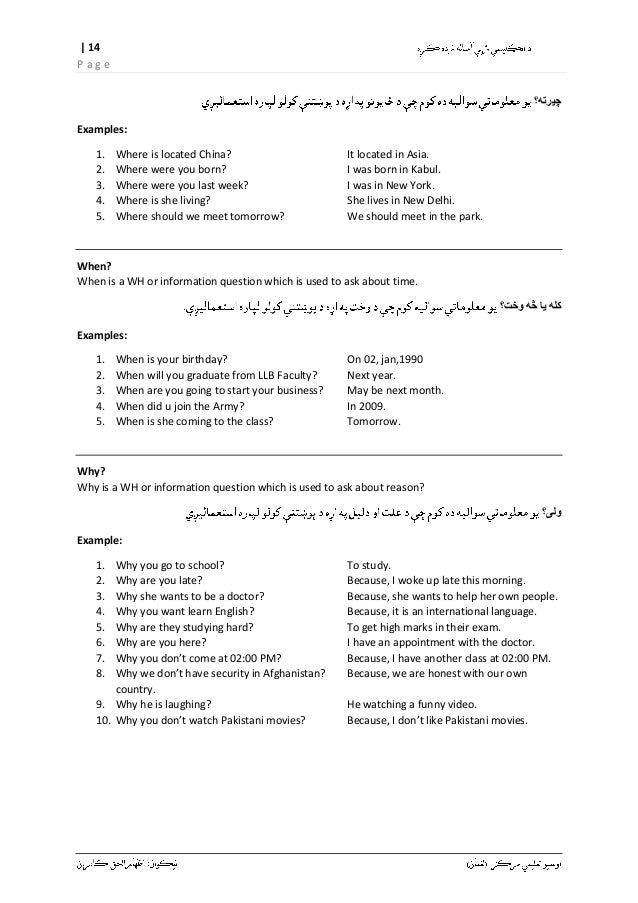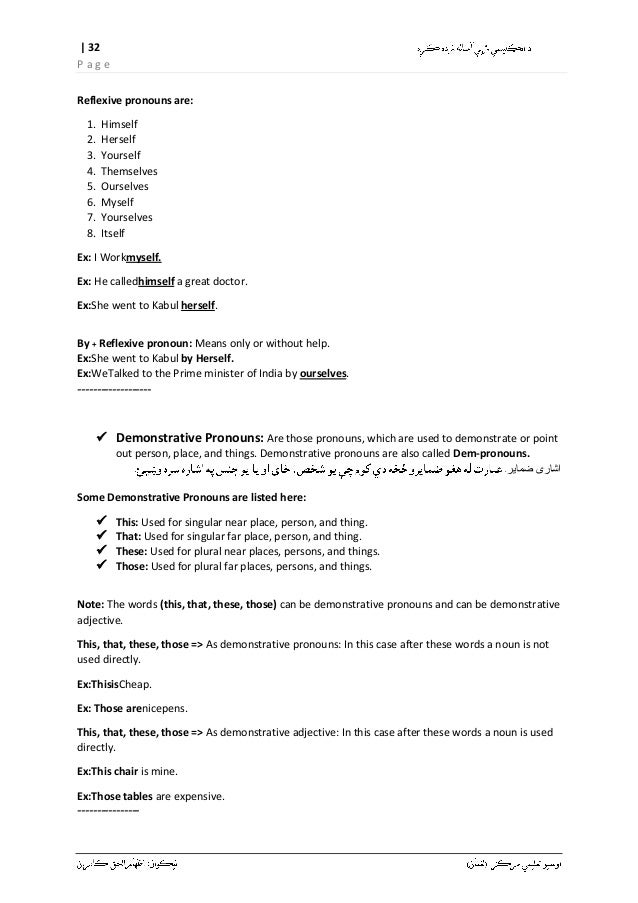


Identify the effect of the individual's phonemic system on speech audiometry assessment.Recognize and respond to amplification needs.

Correlate the client's audiogram and the sounds of the client's language(s).For example, in some languages a sound may only be used at the ends of words and not as a word-initial sound.Īudiologists can use this information to: Recognize that even if there are similar sounds across two languages, they may not be used the same way.Identify sounds from the client's first language that may not exist in English or identify sounds in English that do not exist in someone's native language.Determine phonemic influences of a client's native language on English.Identify sounds in a client's phonological system for languages other than English.Speech-language pathologists can use this information to: Clinical judgment, client/patient/student and caregiver input, and additional research are needed to ensure culturally responsive services. Therefore, a single chart/page on cultural and/or linguistic features is not meant to provide a comprehensive overview. There are variations within cultures, and regional and dialectal variances exist in all languages. Resources listed below are intended to contribute to foundational awareness of potential cultural and linguistic influences. For individuals learning English as a second language, it is common for the phonemic system of their first language to influence the production of sounds in English. Languages across the world have unique phonemic systems.


 0 kommentar(er)
0 kommentar(er)
